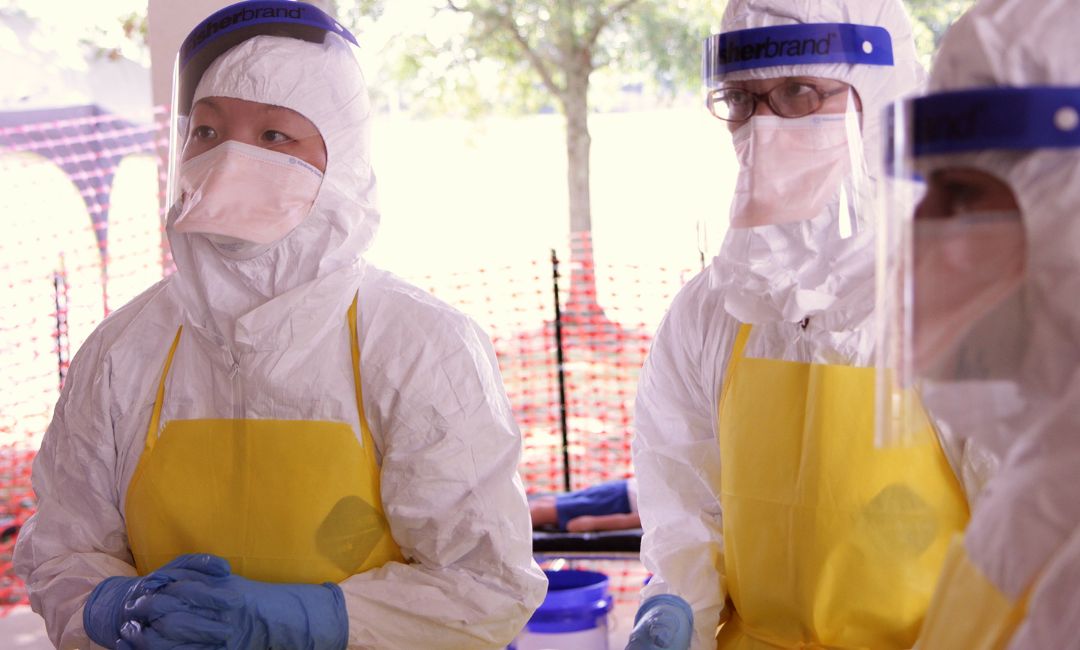Addressing the Need for Nurse Educators
NACNEP recommended that the U.S. Health Resources and Services Administration (HRSA) spearhead the creation of a national center for nursing education to “advance nursing education.” Structured as a federal-private partnership (and congressionally funded), such a center would establish best practices, addressing diversity among nurse faculty and preceptors, and improving perception of the nurse faculty role, among other efforts.
While that has not yet been realized, HRSA did announce this summer that millions of dollars in grant funds were issued to universities and colleges through its Nurse Faculty Loan Program. Among them was Emory University, which received $1.3 million to help bolster the nursing workforce.
“Without an adequate number of nursing faculty and mentors, schools are limited in the number of students they can prepare,” Emory NFLP project director Kristy Martyn, Ph.D., RN, CPNP-PC, FAAN, stated in a news release. “We are committed to being part of a program that optimizes the conditions for graduating more nurse educators and — ultimately — more nurses, which will be key to meeting the nation’s health care needs.”
Amber Kool, associate provost at Arizona College of Nursing (AZCN), penned an editorial for Fierce Healthcare, arguing for “innovative solutions” in nursing education.
“I know firsthand the profound impact education has on individual nurses and the whole profession,” she wrote. “Your training affects how you think on the job, react to new scenarios, and deal with the stress of a challenging career. Solving nursing shortages and training a nursing workforce ready for the future begins with how we approach nursing education.”
Kool said education needs to focus on career readiness rather than “cram in more knowledge,” citing the use of advanced technology, a focus on mental health and resiliency training, and the acknowledgment that nursing school itself contributes to burnout.
“Ultimately, the task for us as educators is the same charge we place on nurses: we must care, innovate, and lead as the world changes around us,” Kool wrote.









